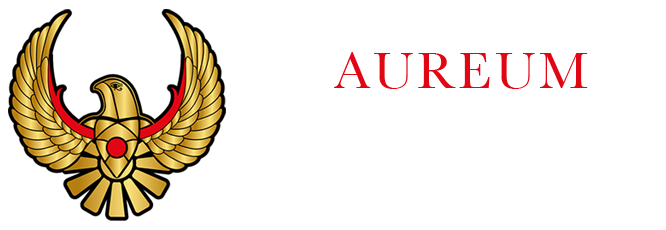A Thai Yoga Massage Course is ideal for those wishing to practice on a professional level as well as for those who wish to learn this knowledge of healing for themselves to practice at home.
The course is targeted at Massage practitioners, Yoga practitioners, and people interested in alternative healing.
The course consists of 5 sessions of 4 hours each (total 20 hours). Includes meditation sessions, yoga classes, pranayama and mantra, 64 postures massage, visual material and printed for each student, in addition to the explanation and benefits of each posture, to be delivered at the end of the course. A participation certificate will be awarded after the final exam.
Thai Massage is an art combining Meditation, Prana, Reflexology, pressure points, Reiki & Yoga Stretches.
Main energy lines along the body are selected for this practice, starting from the feet and systematically working up through the body to the head.
Both the client and practitioner are fully clothed and the massage itself requires no medium such as oil. or cream. Since the principles of ancient Thai Yoga Massage are based in Ayurveda and Yoga, the ancient Thai Yoga Massage experience provides the same healing properties that Ayurveda and Yoga provide.
Massage has very Powerful Therapeutic Benefits
- Relax, Rejuvenate Body and Mind
- Relieve Emotional Stress
- Develop the Capacity to Trust and Receive
- Reduce Muscle Soreness & Fatigue
Highlights of Thai yoga massage
Use of variety of palming, thumbing and elbow techniques, the use of gravity, posture, breathing and rhythm. During the first segment of the program we will explore the roots of Massage, its history as well as the rules for the practice.
Day 1:
Introduction to ancient Thai Yoga Massage
Rules of massage
First heating step leg (patient face up)
Footwork (reflexology and power lines)
Work your legs with the benefits of each posture.
Day 2:
Working in the stomach with the corresponding reflexology points
Working in the hands and the arms
Day 3:
Patient stomach, leg and back work b. Seated postures (shoulder blades and back)
Day 4:
Seated postures
Work on the neck and head
(energy points and special techniques)
Day 5:
Practice & Examination
Students will be exposed in-depth to Thai Yoga Massage concepts of prana nadies, (Marmas) acupressure points and delivery of massage to the client in supine, lie-on-side, sitting and lie-on-back positions.
The students will be taught the concepts of energy, massage relevant anatomy in detail along with how a massage is to be composed, how to conduct a professional consultation. The objective of the exercise is building a level of confidence in the student to take on massage as a career in the real world.
The purpose of the course is to bring the student to a state of play with Thai massage in the Supine position and covers about 64 sequences in this position. The student is taught basics of correct posture, breathing and rhythm while giving a massage and is expected to demonstrate the ability to creatively use and play with various combinations of sequences while maintaining continuity, balance and rhythm with the massage.
Fully illustrated step-by step manual is provided.
Physiological
- Stimulates blood circulation
- Reduces muscle tension and fatigue
- Detoxifies and stimulates the internal organs
- Balances the nervous system
- Develop greater flexibility
- Integrates and harmonizes the body.
- Relaxes the mind
- Suspends negative thoughts and attitudes
- Expand awareness of unity
- Increased blood circulation
- Lowers blood pressure
There will be daily meditation and yoga sessions to focus the mind and gain control and body awareness, including pranayama (breathing techniques) to understand the importance of controlling air and energy flowing through the body.
Students will be able, at the end of the course to offer a full session of 1 hr to 90 min of whole body, including acupressure points, work in the top ten power lines, yoga postures in the patient, relaxation and strengthening certain areas of the body, releasing energy in the spine. Students will be able to use the palms of the hands, knees, elbows, soles of the feet, fingertips, your own breathing and concentration to apply the massage.
The founder of this art, Dr. Jivaka Kumar Bhacca (known as Doctor Shivago) was a contemporary of the Buddha and Magadha king’s private doctor Bimpisana. Remote is the time that Dr. Shivago maintained a close relationship with the Buddha and was a healer of Sangham (the order of Buddhist monks). About 2500 years ago a little known contemporary of the Gautama Buddha called Dr. Shivago developed a form of massage that was based on the principles of Yoga and Ayurveda. As Buddhism spread to South East Asia, so did this form of Massage. Today this form of massage is better known as ancient Thai Yoga Massage or Nuad-Bo-Rarn.
In ancient[/vc_column_text][MEC id=”1968″][/vc_column][/vc_row][vc_row][vc_column][/vc_column][/vc_row]
